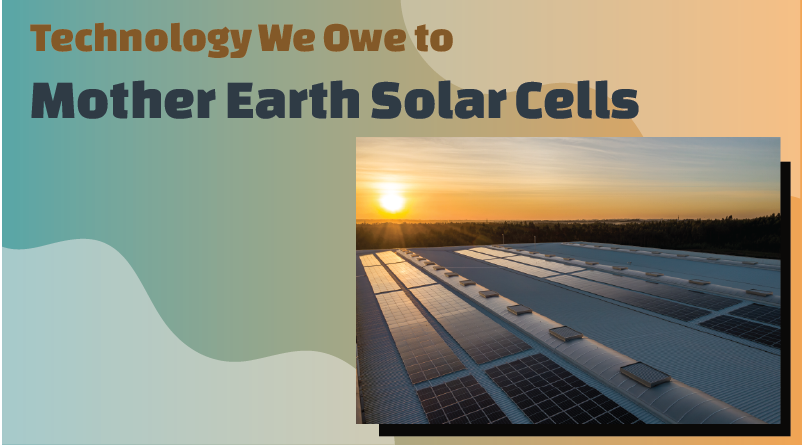The renewable energy market is booming as modernization brings costs down and starts to deliver on the promise of an energetically clean future. But not all renewable sources of energy are beneficial to the environment. Biomass and hydroelectric dams create difficult compromises when considering the detrimental effect on wildlife, climate change, and other issues. Solar energy is one of the clean energies free from this debate.
What’s a Solar Cell?
When light gleams on a solar cell, light may be reflected, consumed, or passed right through the cell. The solar cell is composed of semiconductor materials, silicon being the most common. When the semiconductor is exposed to light, it ingests the light’s energy and transfers it to negatively charged electrons. This excess energy allows the electrons to cascade through the material as an electrical current. This current is distilled using the gridlines on solar cells, which are conductive metal contacts. This electrical energy can then be used to power a building and the remainder of the electric grid.
Comparison with Cells We Use Now
Photovoltaic (PV) cells based on metal halide perovskite compounds could soon make electricity generation from sunlight even more cost-effective. The laboratory efficiency of these perovskite PV cells already exceeds that of the well-known but expensive silicon PV cells. Additionally, perovskite-based PV cells can be constructed using both pliable and impliable substrates, so they are cheaper and lighter and malleable. But, to own real-world potential, these prototypes must scale in size, efficiency, and lifespan.
Researchers from the Okinawa Institute of Science and Technology (OIST) have demonstrated that removing residual matter & using synthesized crystalline perovskite powder boosts perovskite PV cell efficiency over 23% and lifespan over 2,000 hours. They could synthesize the crystalline powder in perovskites called FAPbI3 employing a more precise powder engineering method. When they scaled up their design to PV modules of 5×5 cm2, they still achieved over 14% efficiency.
The average efficiency of the PSCs fabricated based on these pre-synthesized perovskite precursors increased from 18.62% to 19.85%, compared with those based on the raw materials (i.e., PbI2 and FAI). Moreover, the impurities (i.e., the unreacted phases and residual solvent) in the raw material-based perovskite films were significantly reduced in the pre-synthesized δ-FAPbI3 and α-FAPbI3 perovskites. Accordingly, the secondary ion mass spectroscopy depth profiling results were obtained. Finally, the PEC of 22.76% for α-FAPbI3 and 23.05% for FAPb(I0.9Br0.1)3 based PSCs were attained. Long-term operational reliability measurements of the encapsulated FAPb(I0.9Br0.1)3 based PSCs showed a slow degeneration and maintained the efficiency of ~88 % after 1200 hours, the total lifespan being 2000 hours.
The Future
Experts feel that the results represent a significant step towards efficient and reliable perovskite-based PV cells and modules that could get used outside of the lab. Dr.Tong hopes that their next step to make a PV module that is 15×15 cm2 with more than 15% efficiency would allow them to power a building at OIST with their solar modules.
The incipient field of perovskite PV cells has opened new doors for researchers, slowly gaining popularity and recognition among solar technologies.



